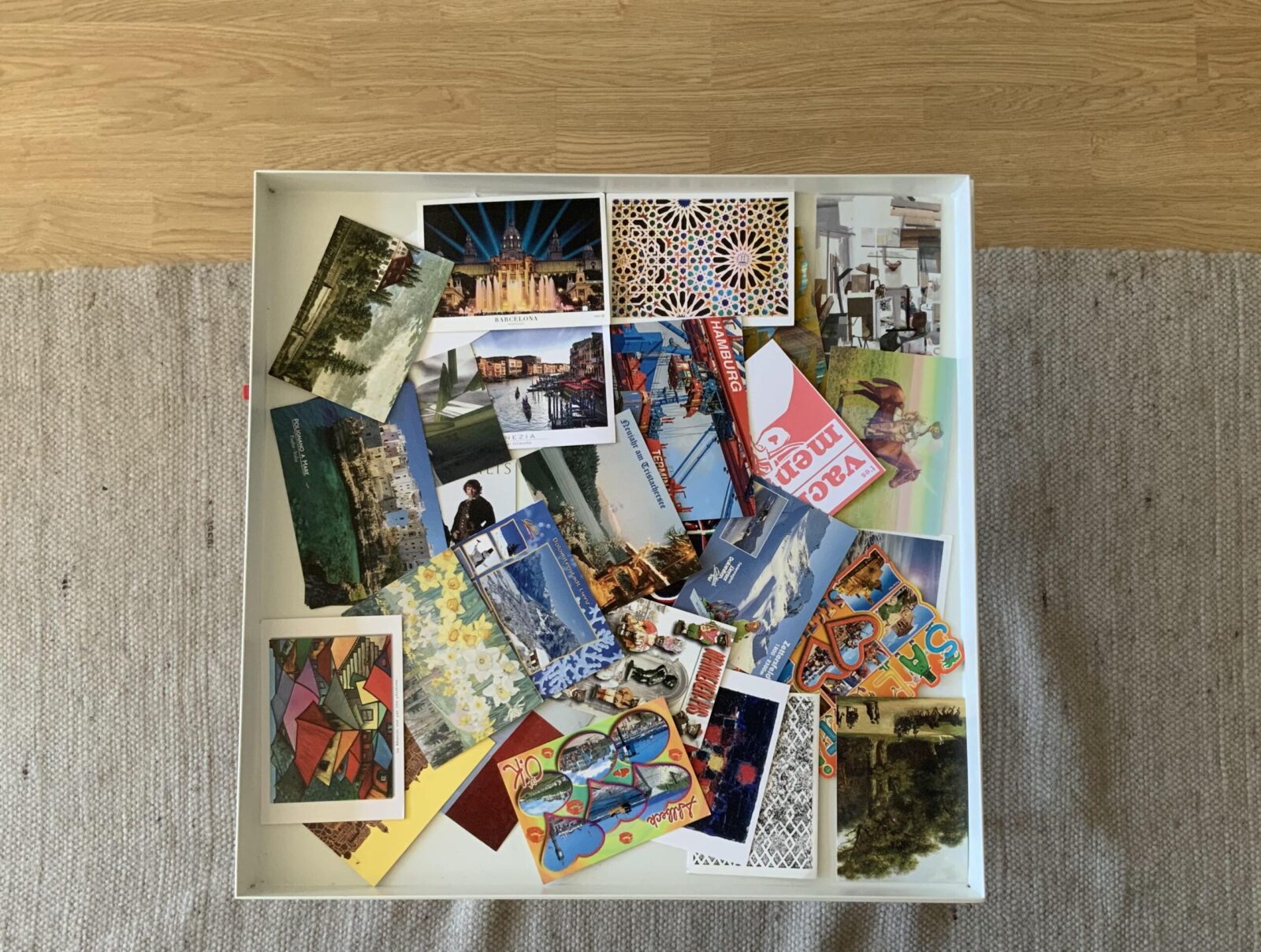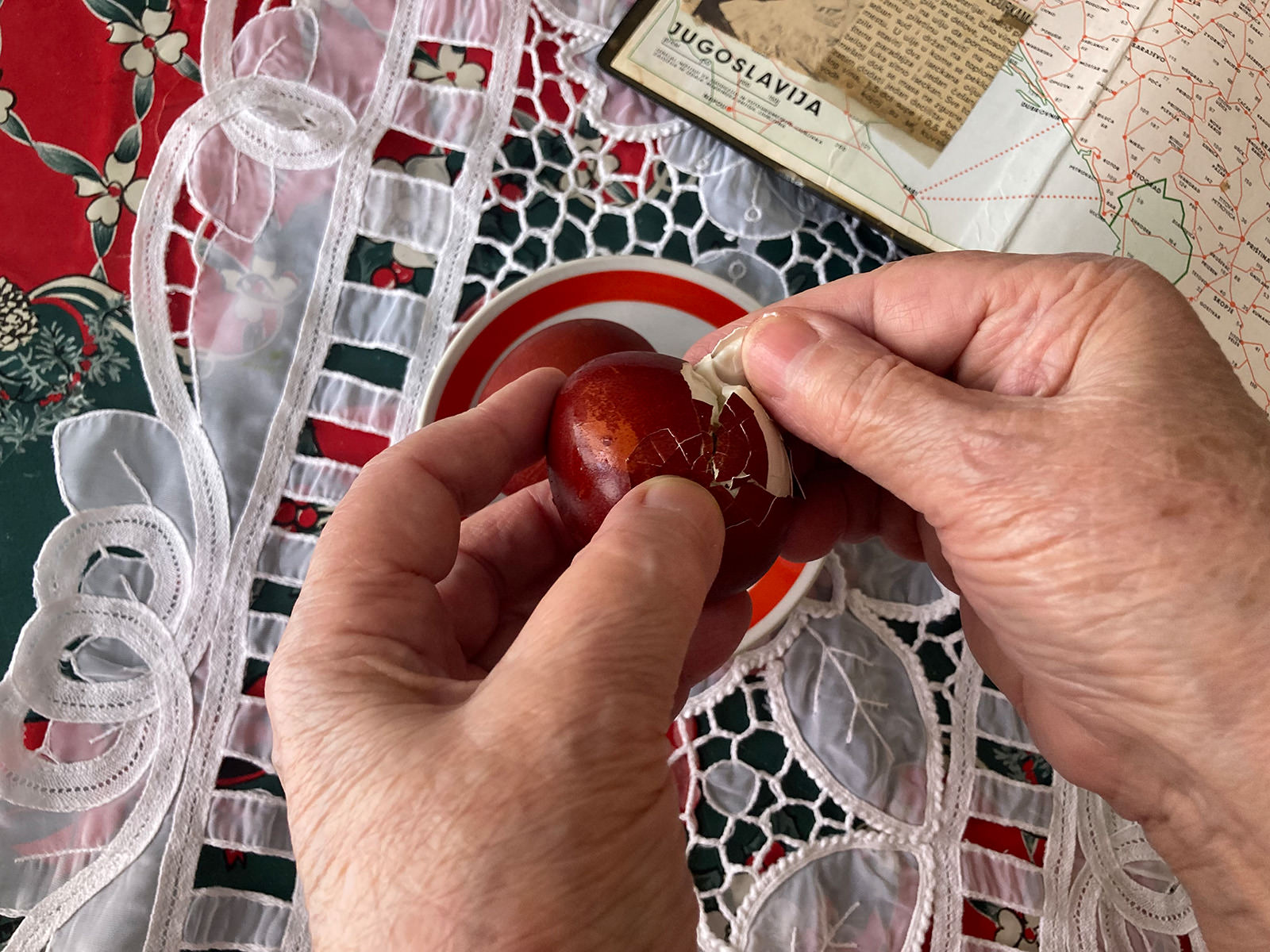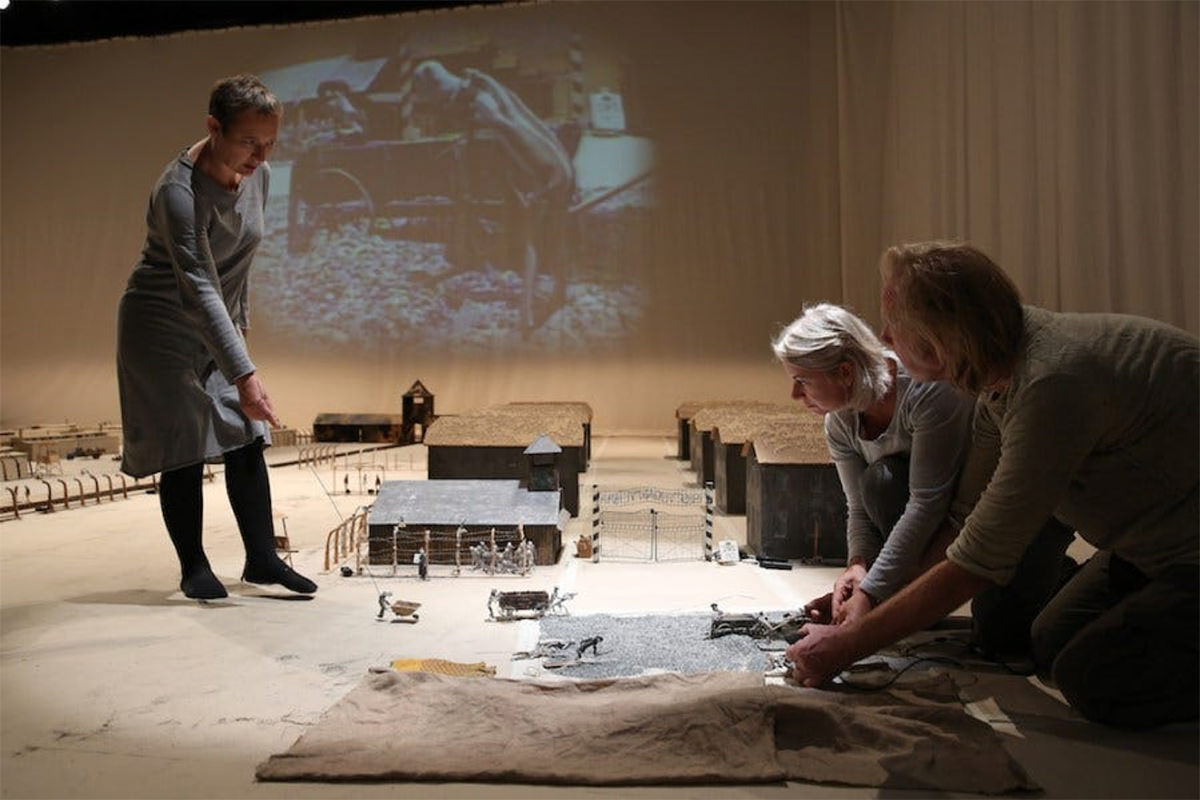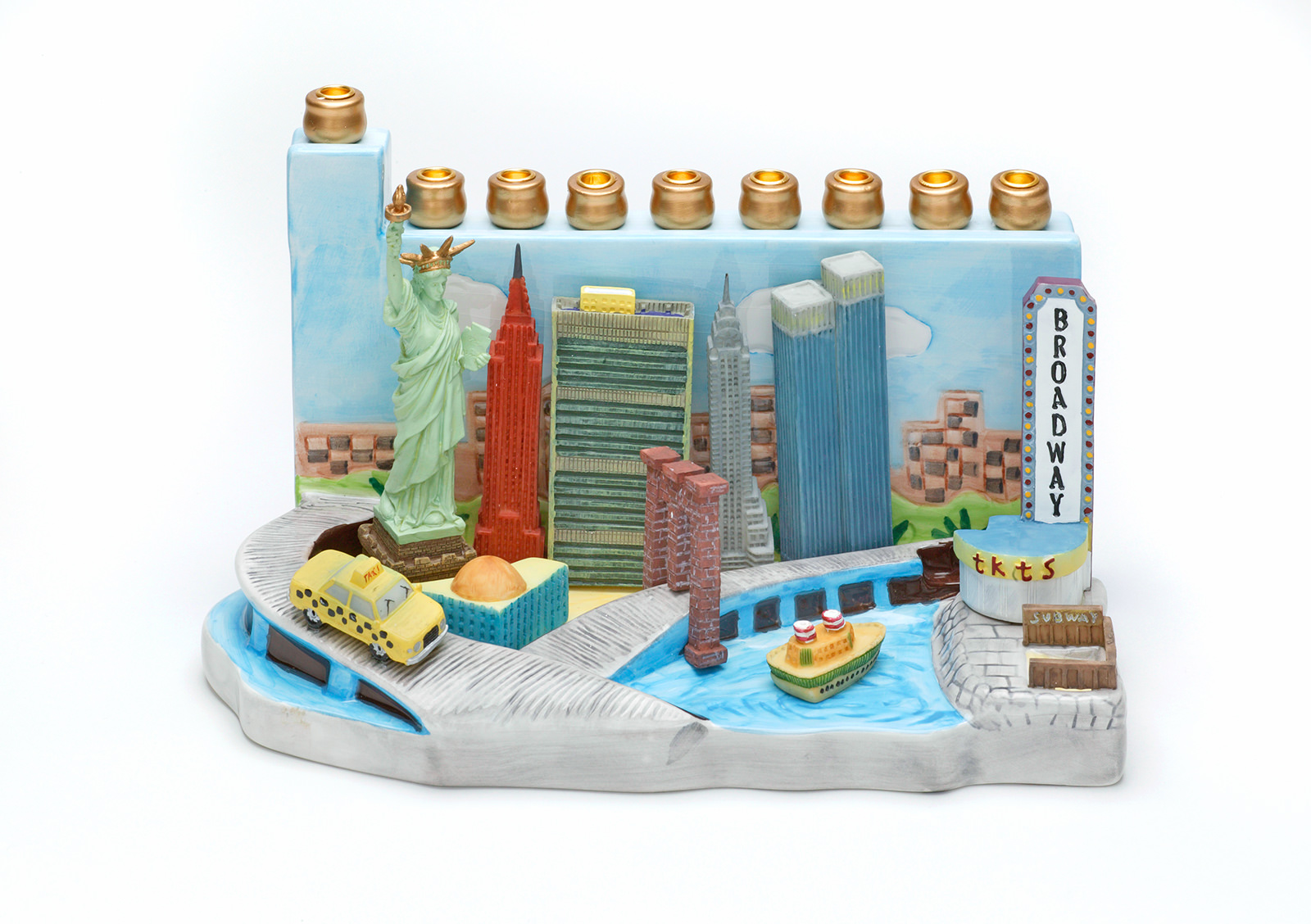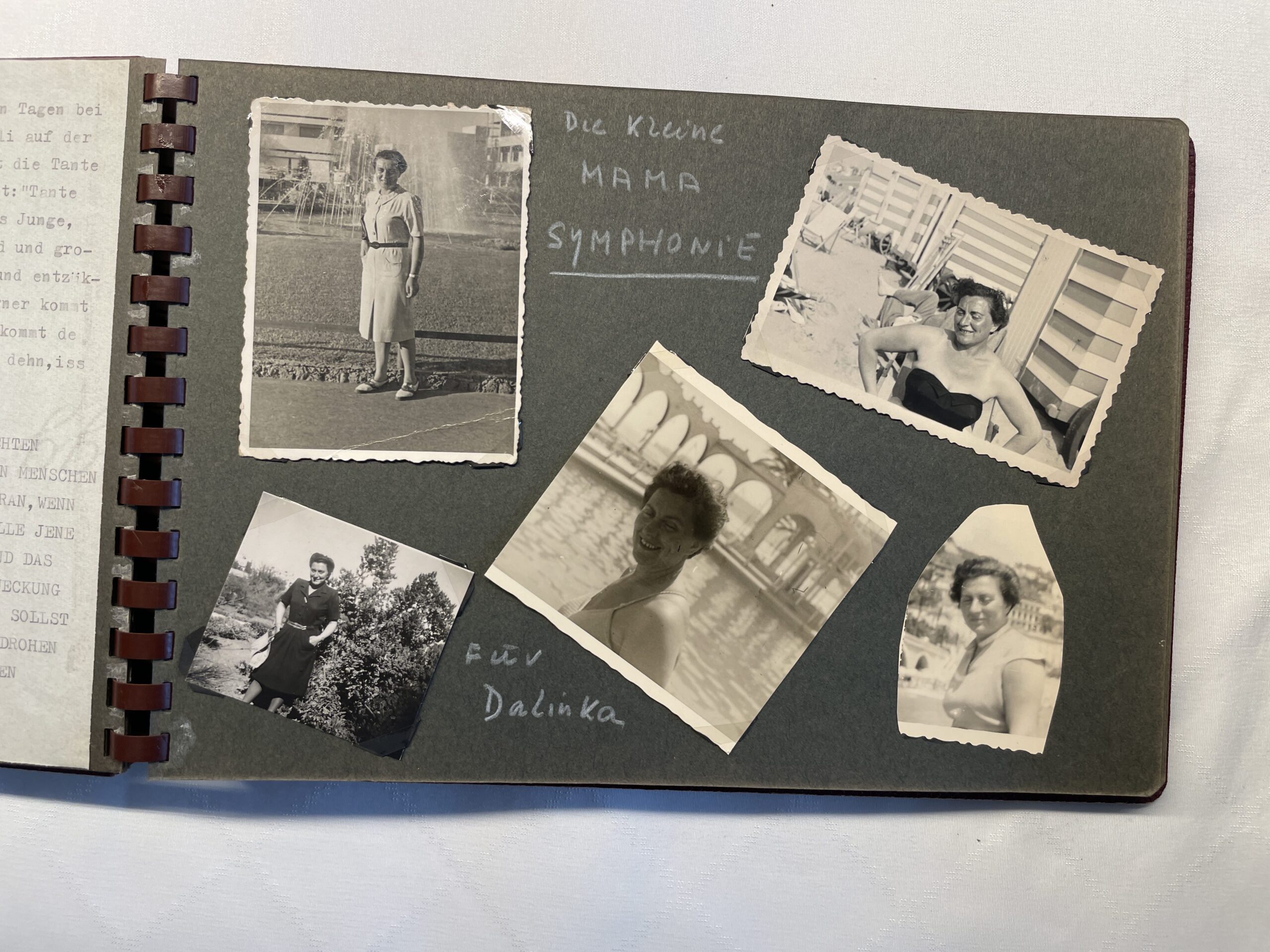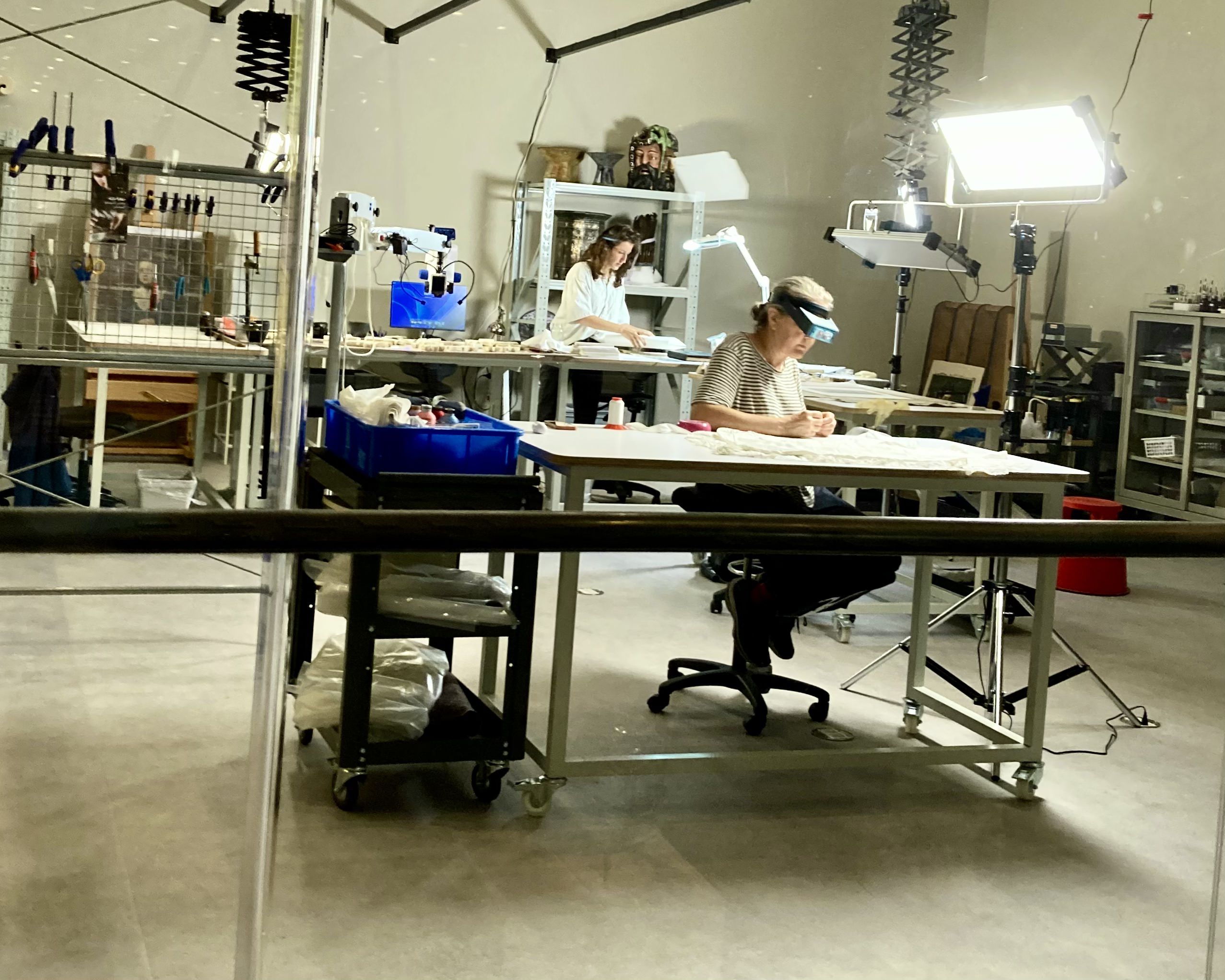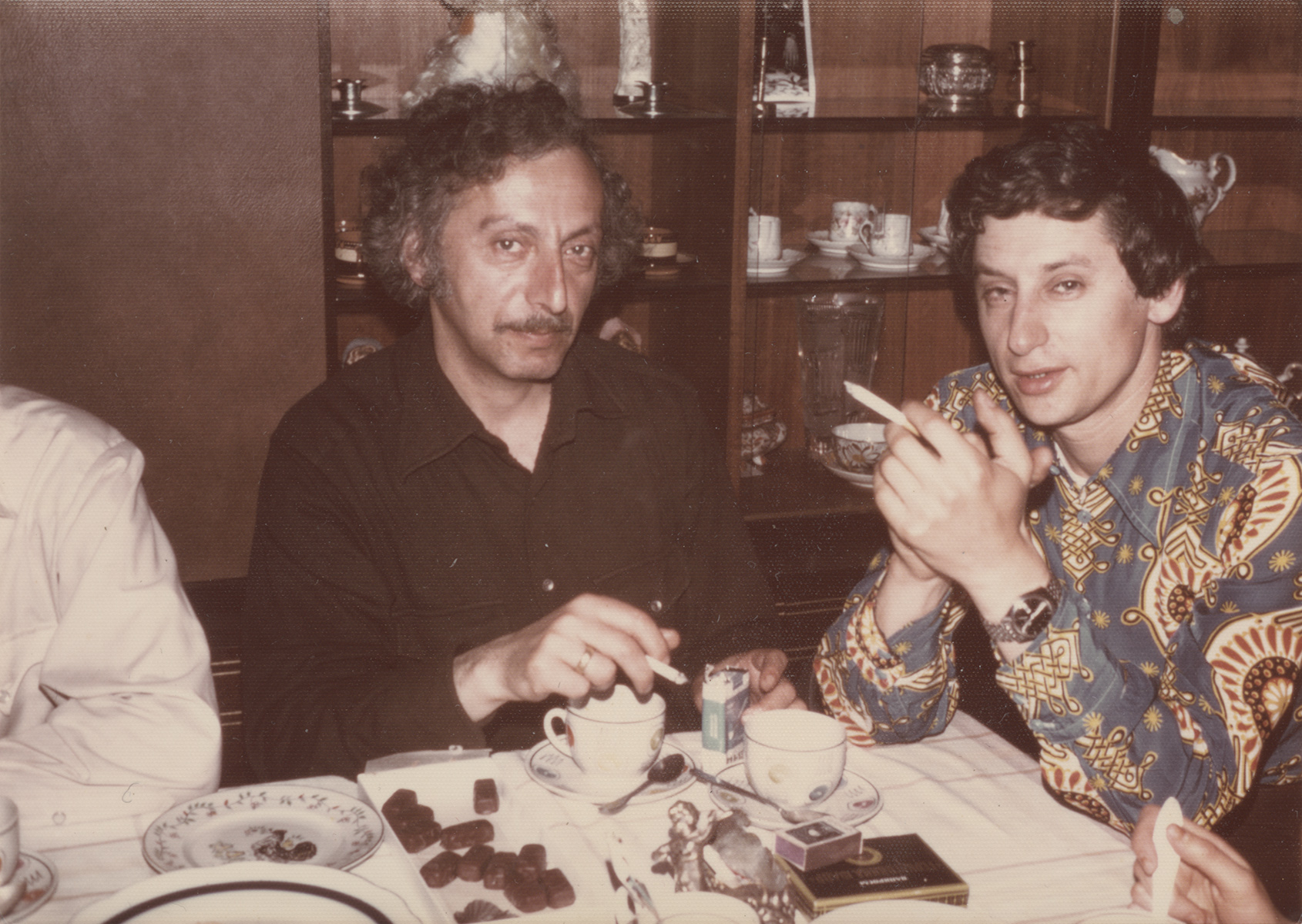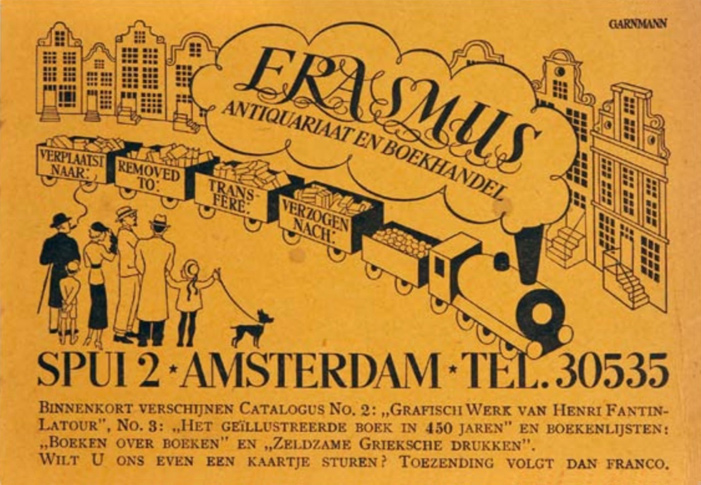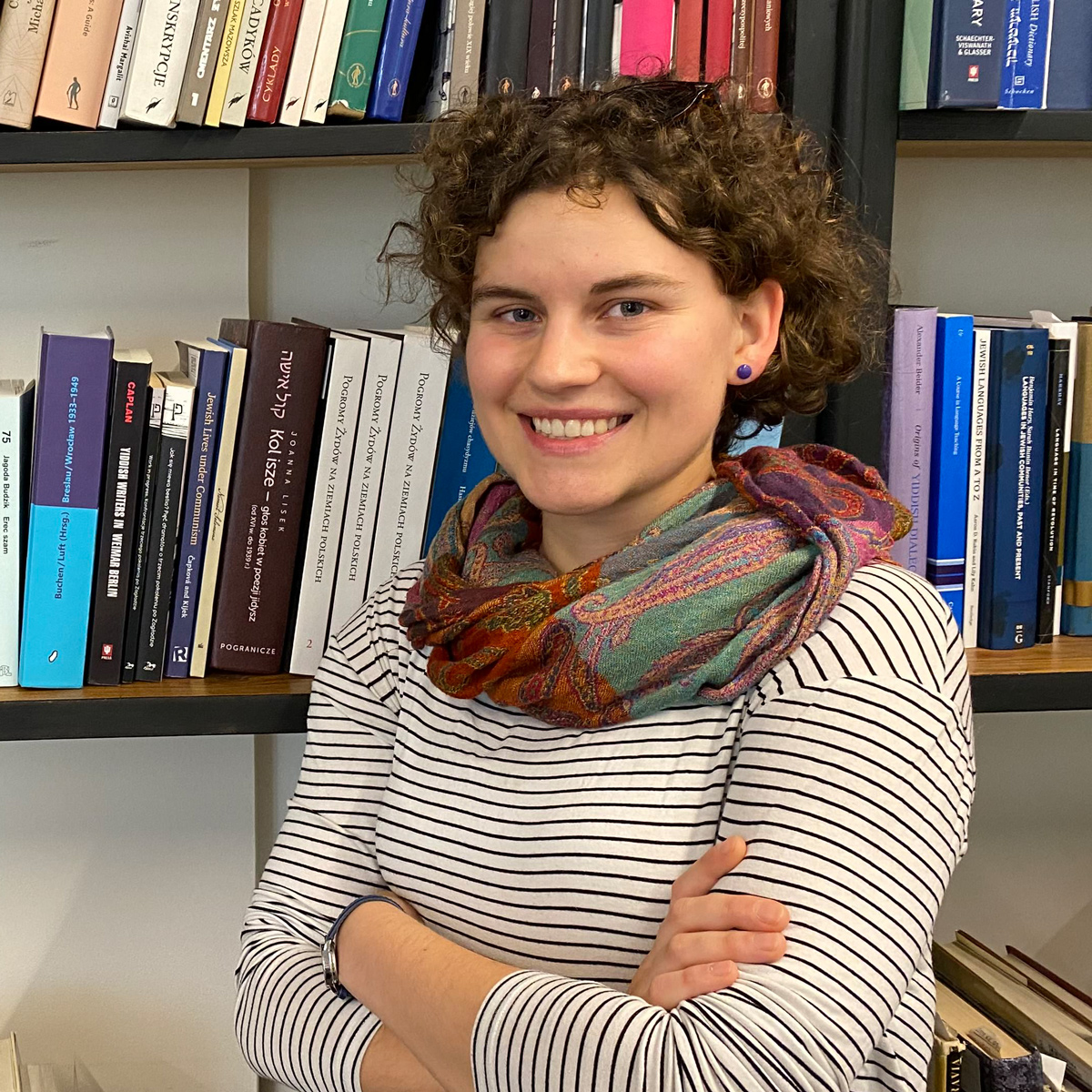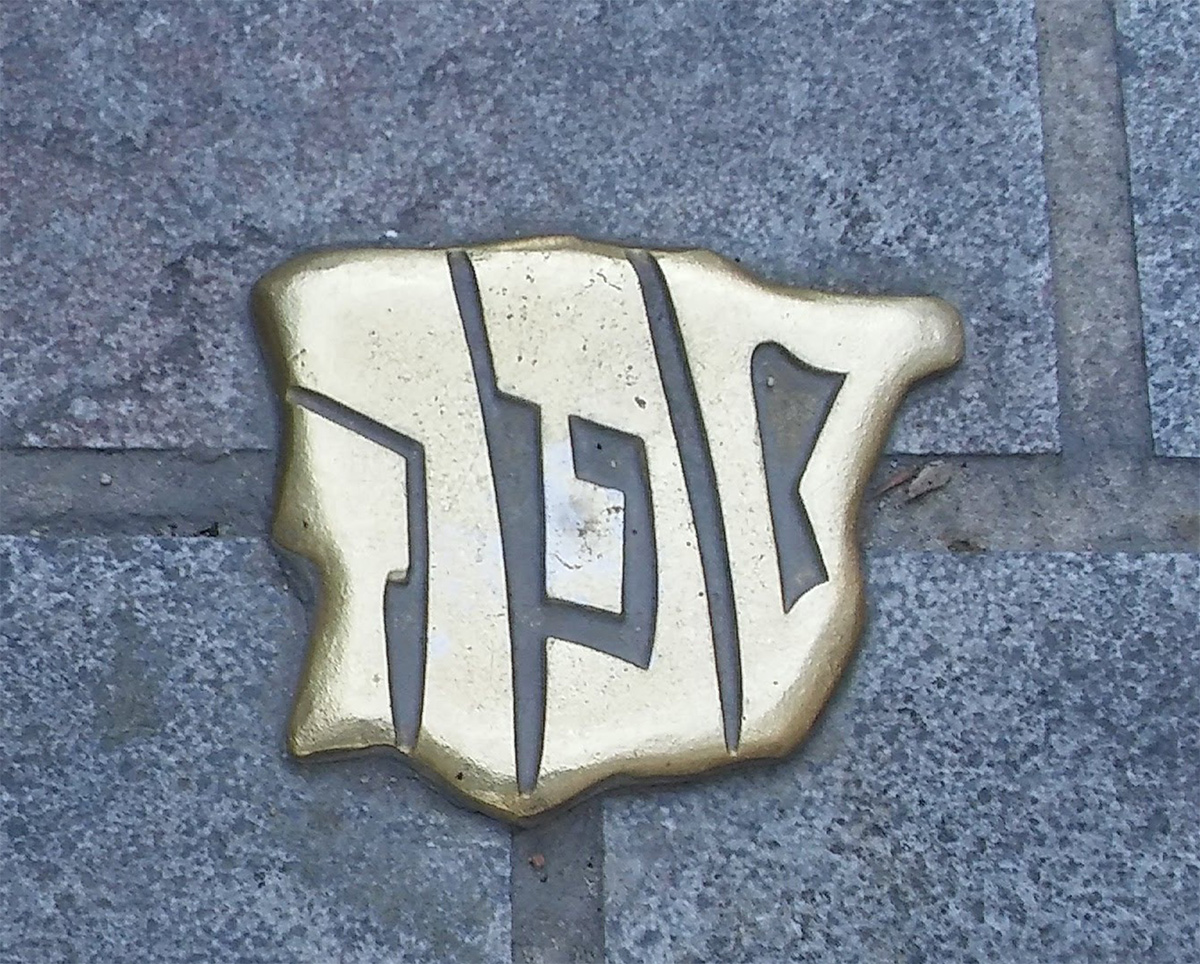
Materializing Memory and Sanctifying Place – Jewish Sephardic Heritage in Contemporary Spain

Threads of Identity – The Evolution of Israeli Fashion and the Attempt to Create a National Dress
The Written Silent, the Visible Absence, and the Text in the Written after 1945 – Materiality of Catastrophe, Exile and Belonging in Barbara Honigmann’s Writings
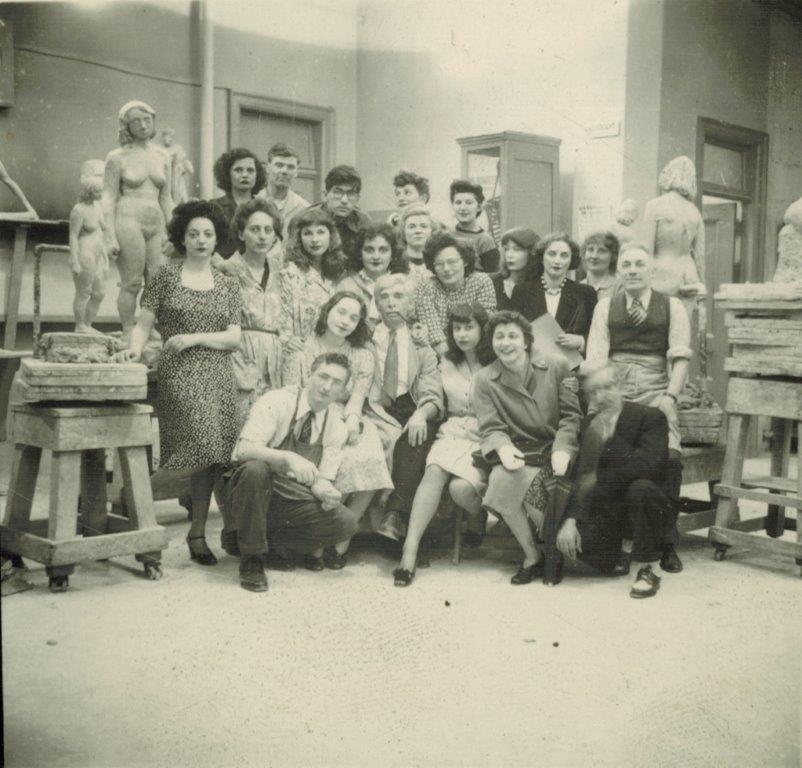
Processing Loss and Fostering Resilience – Jewish and Female Sculptural Strategies of Coping with the 20th Century

Shattered Objects, Shattered Spaces – The Destruction of Jewish Homes in the November Pogroms of 1938

Corresponding with history – Jewish Postage Stamp Collectors and Jewish Emancipation

Nation-Building and Cultural Heritage – The Making of the Jewish National Library in Jerusalem, 1892–1948
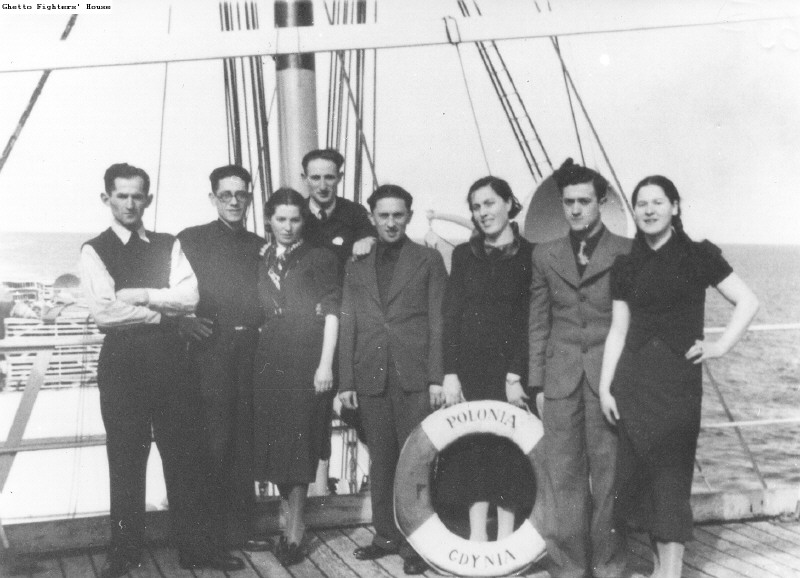
DVARIM POLANIM – Material Culture and the Changing Identity of Polish Jews in Israel across the 20th Century
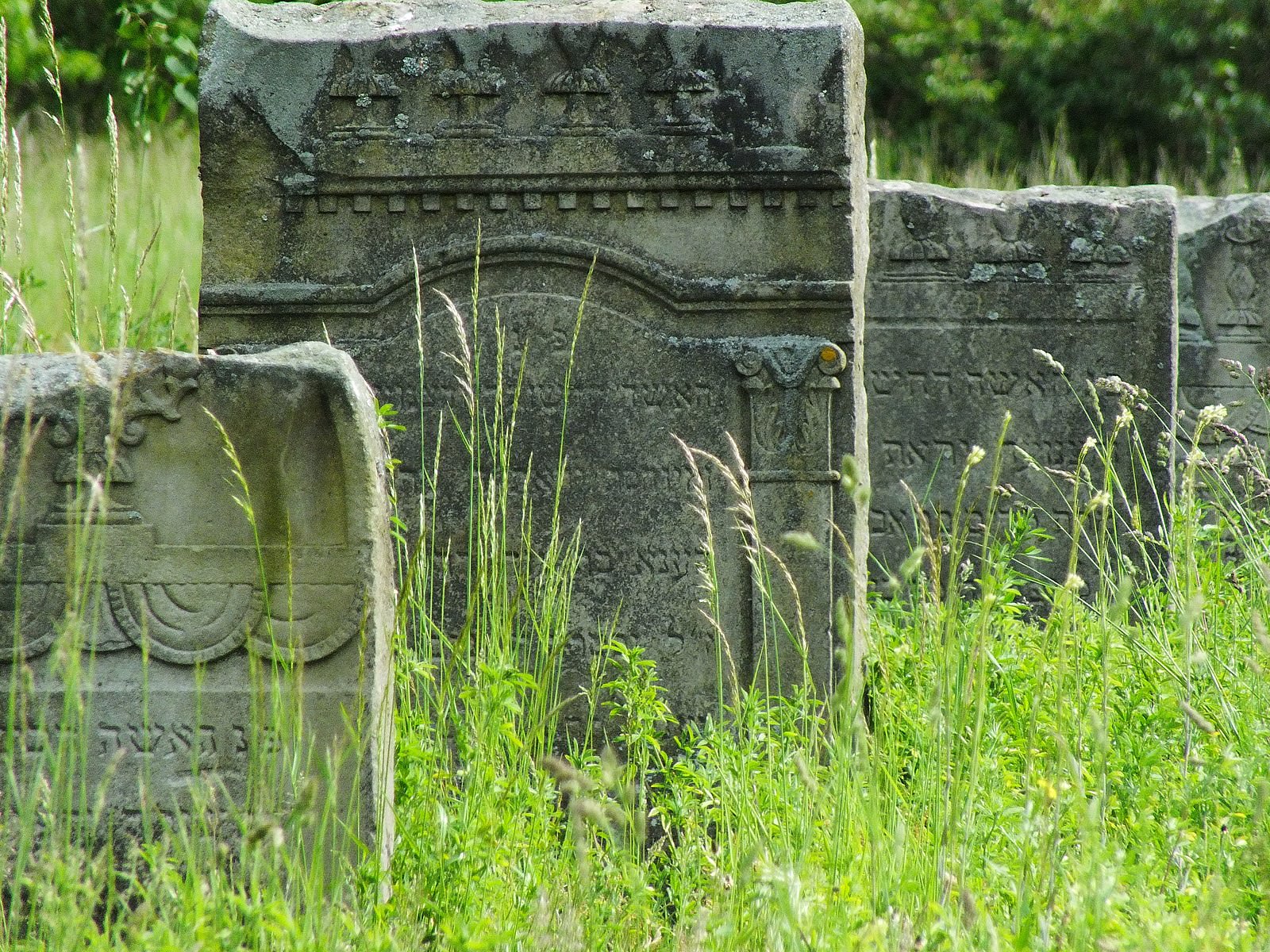
Between Ruins and Revival – Jewish Identity and Material Heritage in Post-Communist Poland

Places of Jewish Knowledge – The Wissenschaft des Judentums and its Material Sites in Berlin’s Urban Landscape, 1871–1961

Traces of belonging(s) – on the materiality of the imprisonment experience of Jewish women in the Ravensbrück women’s concentration camp
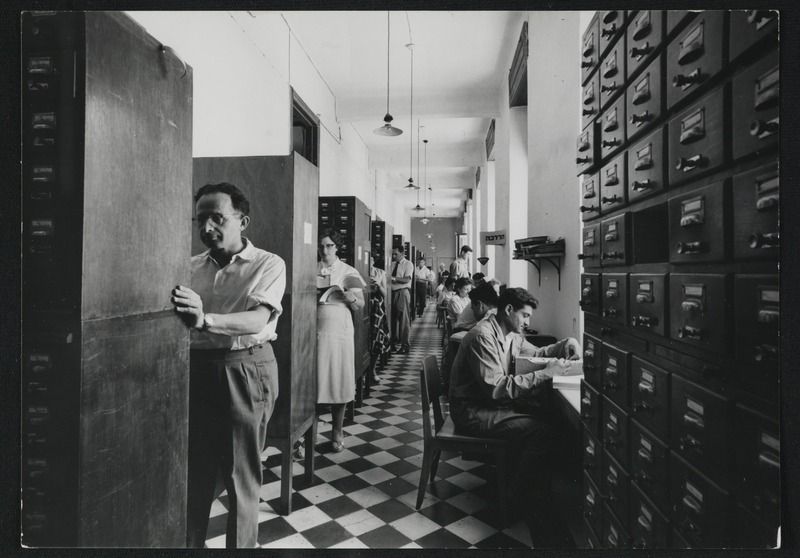
Aufbau im Übergang – Curt Wormann and the Jewish National and University Library between Nation-building and Cultural Diplomacy
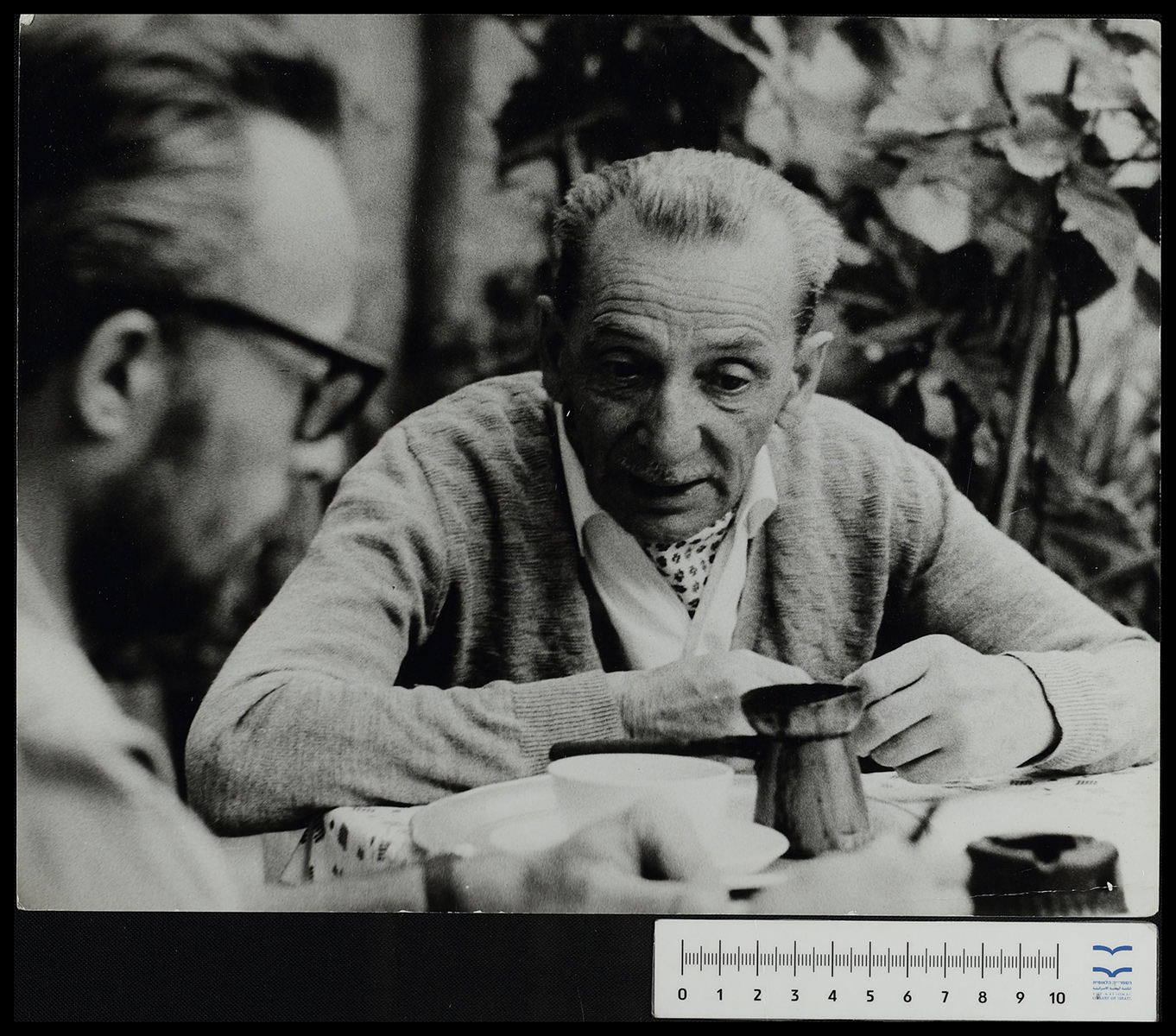
To Change, Question, and Criticize – Concepts of a ‘Werk’ and Concepts of Objects in Illustrated Magazines in Berlin and Vienna during the 1920s.
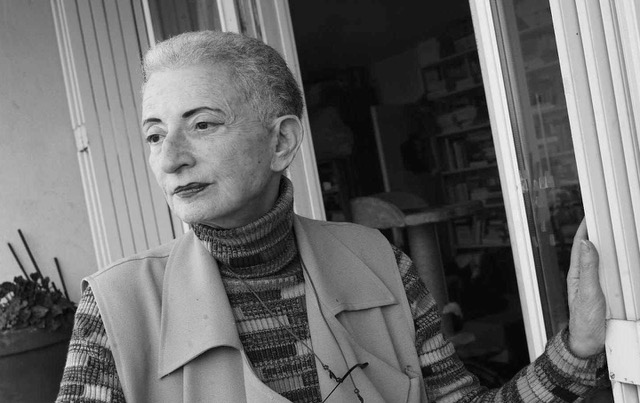
“Mes poumons comme les rouleaux de la Thora” – Towards a Poetics of the Trace: Jewishness, Exile, and Writing in the Work of Hélène Cixous

DVARIM POLANIM – Material Culture and the Changing Identity of Polish Jews in Israel across the 20th Century
From ritual objects displayed in Israeli museums to everyday items kept in family homes, the material culture of Polish Jews in Israel offers an important lens into the shifting meanings of identity, belonging, and memory. These objects, brought across multiple migration waves throughout the 20th century, are not only physical remnants of a lost Jewish life in Poland but also dynamic participants in the construction of Polish-Jewish identity in the Israeli context. How these objects were used, remembered, and exhibited reveals much about the personal and collective processes of negotiating diasporic heritage in the wake of trauma, displacement, and nation-building.
This project investigates the narrative and symbolic roles of objects originating in Poland that were brought to Israel by Polish-Jewish immigrants. These objects—whether used in private homes or staged in public exhibitions—acted as carriers of memory and identity, and their changing meanings reflect broader cultural, religious, and political developments within Israeli society.
The research seeks to understand how Polish-Jewish belongings were imbued with meaning in different contexts: as connections to the vanished world of Polish Jewry, as symbols of resilience or loss, and as tools in shaping a place within Israeli society. What did immigrants choose to bring, and why? How did these items maintain, shift, or lose their meaning once removed from their original cultural and geographical context? And how were these meanings mediated by evolving Israeli narratives surrounding the diaspora (galut) and the Holocaust (Shoah)?
